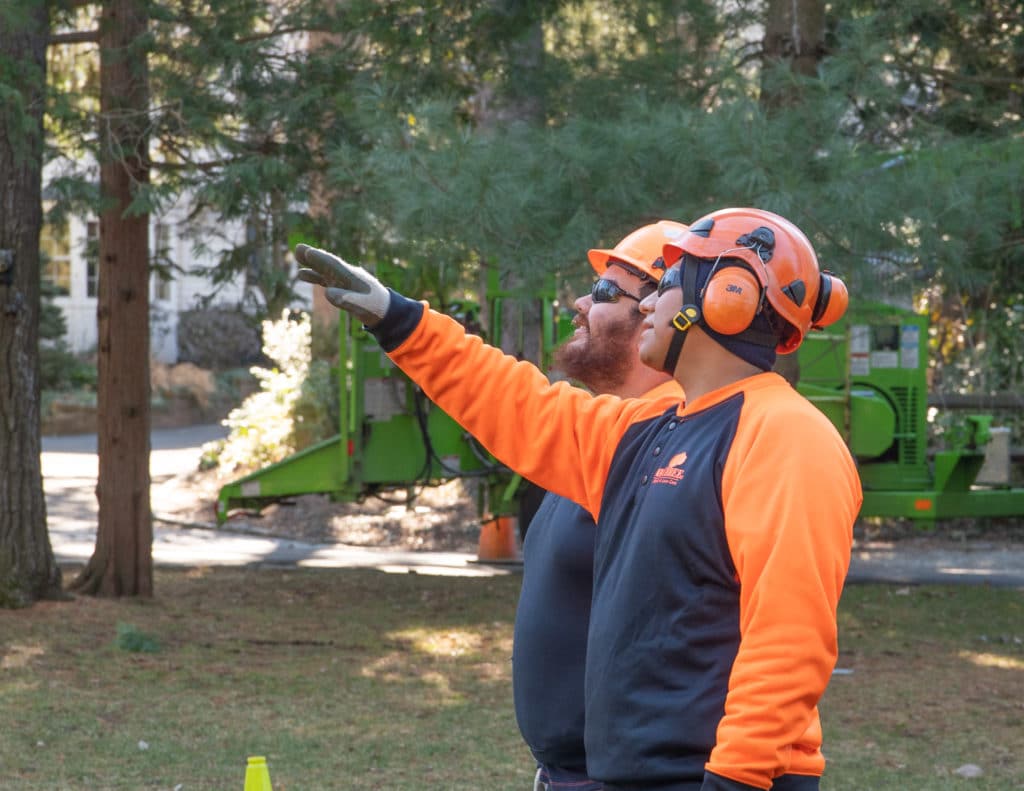Massachusetts Tree Service and Organic Lawn Care by SavATree
South Hadley Tree Service & Lawn Care
293 N Liberty Street Belchertown, MA 01007(413) 835-6052
[email protected]
49 Industrial Way
Hanover, MA 02339
(781) 878-2304
[email protected]
Interested in a Massachusetts tree or lawn care job in our industry? Learn how you can build your career with SavATree at savatree.com/careers/.

SavATree offers professional tree care services throughout Massachusetts. All of our tree services are conducted by Massachusetts certified arborists and tree service specialists.
Our MA certified arborists offers services to protect your trees and help preserve the value and safety of your home. Each arborist has decades of hands-on experience performing tree services in New England and has the knowledge necessary to address the issues specific to Massachusetts landscapes. With our help, your property will be the envy of all your neighbors. Some of our most popular services include fertilization for both trees and lawns, tree removal, tree pruning, disease treatment
Request a complimentary Massachusetts tree service consultation with one of our certified arborists.
SavATree also provides commercial tree care programs in Massachusetts that can maintain the beauty, health and safety of the trees on your business property. We have over 20 years of experience working with commercial and municipal properties including historic properties, corporations, golf courses, property management firms and homeowners associations.
The most effective and satisfying tree service experience comes from expert recommendations geared toward protecting the value, health and beauty of your landscape. SavATree’s Massachusetts certified arborists have the expertise and environmentally-minded philosophy to provide high-quality tree services that include:
